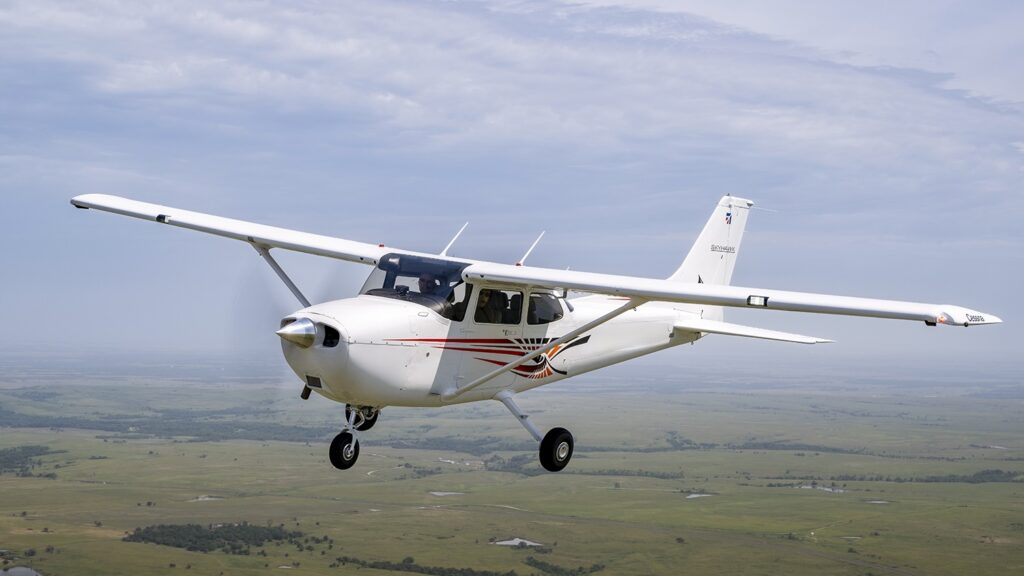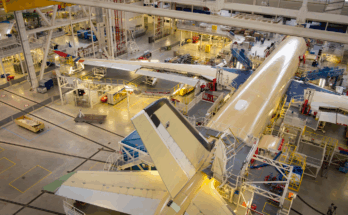 Source: Textron Aviation
Source: Textron AviationFor over 70 years, the Cessna 172 Skyhawk has been the quintessential general aviation aircraft—widely used by flight schools and private pilots around the world. But even legends must evolve. In a major update announced this week, Textron Aviation confirmed that newly manufactured Skyhawks will now come equipped with Lycoming’s dual Electronic Ignition System (EIS), replacing the traditional magneto-based ignition.
This isn’t just a minor tweak; it’s a significant modernization of the platform that promises lower costs, better performance, and easier maintenance.
For as long as most pilots have been flying, the magneto has been the heart of the piston engine’s ignition. A magneto is an engine-driven generator that creates a high-voltage spark for the spark plugs without needing any power from the aircraft’s main electrical system. Its independence is its greatest safety feature: even with a total electrical failure, the engine keeps running.
However, magneto technology is fundamentally a 20th-century solution. It relies on a complex dance of moving parts like breaker points, a condenser, and an impulse coupling. These components wear out and require regular, meticulous maintenance, including the costly 500-hour inspection and overhaul. Furthermore, a magneto provides a fixed ignition timing. This means the spark fires at the same point in the engine’s cycle, regardless of whether you’re at high power for takeoff or cruising lean at altitude. It’s a reliable system, but not an optimized one.
The move to a dual electronic ignition system, as announced in a July 14th press release, addresses the magneto’s shortcomings while preserving its most critical feature: redundancy. Here’s what pilots, owners, and flight schools can expect:
- Enhanced Maintenance and Lower Costs: The new Lycoming EIS is a solid-state system with far fewer moving parts. This immediately translates to greater reliability and drastically reduced maintenance. The dreaded 500-hour magneto inspection is a thing of the past, directly impacting the bottom line and reducing aircraft downtime—a huge win for flight schools.
- Improved Efficiency and Performance: This is where an EIS truly shines. Unlike a magneto’s fixed timing, an electronic ignition can continuously adjust the ignition timing based on engine parameters like RPM and manifold pressure. By firing the spark plugs at the most optimal moment for every phase of flight, the engine achieves a more complete combustion of the fuel-air mixture. This results in:
- Better fuel efficiency: Expect a lower gallons-per-hour (GPH) fuel burn.
- Smoother engine operation: The engine runs more smoothly across the power range.
- Easier starts: The system can provide a stronger, more effective spark for starting, especially during tricky hot starts.
- Continued redundancy. The “dual” in dual EIS is key. The Skyhawk isn’t sacrificing safety. It features two completely independent electronic ignition systems. Should one system fail, the other seamlessly continues to operate the engine, ensuring the same level of safety and redundancy that the dual magneto system provided.
While this is a huge step for the Skyhawk, it’s important to note that dual ignition itself is the industry standard for certified aircraft. Redundancy is paramount in aviation. For decades, virtually all major general aviation aircraft have been required to have two independent ignition sources. The real shift is from mechanical to electronic.
Competing aircraft have offered electronic ignition as standard equipment or an option for years. This move by Textron solidifies the trend, bringing one of the most conservative and foundational aircraft designs firmly into the modern era of piston engine technology.
image sources
- Cessna Skyhawk: Textron Aviation



